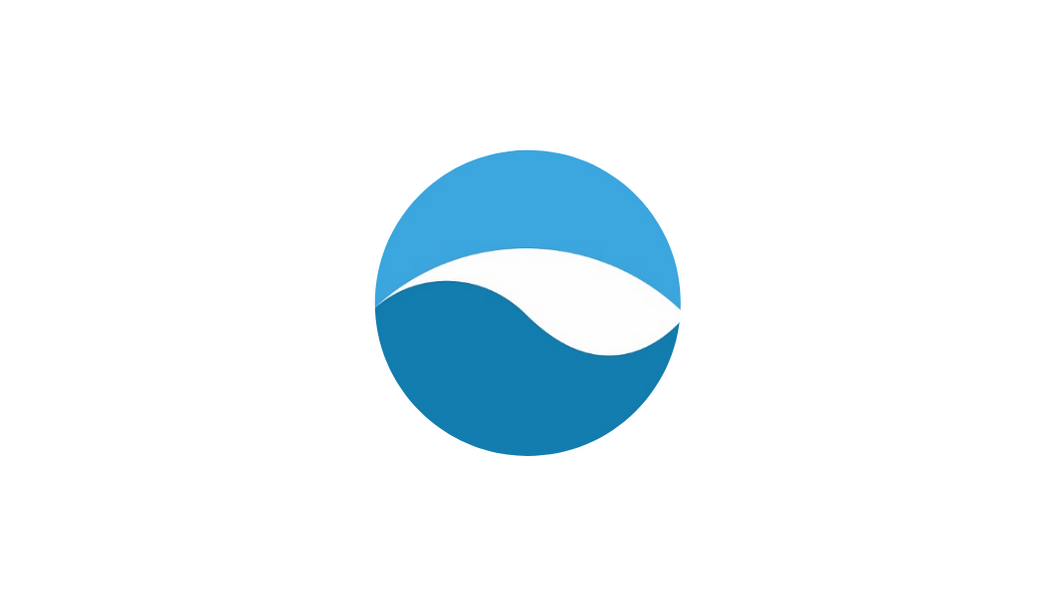The Kelly Slater’s and Mick Fanning’s didn’t start out as pro surfers, they started off in the white wash like everybody else! And taking that step, or stroke, further and advancing onto the green waves took some practice. But we know those crashing waves can be intimidating, so we have the top techniques to help you smash through those waves to make it onto the lineup.
1. White Water Push Ups
2. Turtle Roll
3. Duck Dive
White Water Push Ups
Ready to channel your inner lizard? This technique is usually the first one you learn because it’s the best way to get over the break if you’re a beginner and on a long board, such as a Malibu, or a softboard.
Step 1: Walk out with your board until it is deep enough for you to start paddling.
Step 2: Paddle hard towards the breaking point, that is when the green waves turn into white waves. More speed means more control.
Step 3: When you’re about 2 metres from the breaking point, place your hands on the rails and push down on your board to bring your chest up. The break will naturally pass and you will be able to keep paddling out.
Turtle Roll
Turtle Rolls are typically used when a surfer has a longboard or a softboard, and the board is too buoyant to duck dive.
Step 1: Paddle perpendicular to the wave.
Step 2: Grab the rails of the board with your hands positioned close to your chest.
Step 3: When you’re about 1 metre from the wave, take a deep breath. You’ll want roll the board upside down, so you are submerged under water and your fins are point up. Keep your elbows bent and hold the board tight close to you. The closer you are to your board, the less likely the rush of the waves will force you apart from your board. It's really important to mke sure you do not wrap your legs around the board.
Step 4: Use your body weight to roll back on top of the board, the best way to do this is to push with your outside arm and pull with the inside arm. The aim is to keep the same position so when you roll back over you can easily jump back on the board and continue to paddle past the break.
Step 5: The more seamless this movement is, the easier it is to continue to paddle to the lineup.
Duck Dive
The duck dive is one of the best techniques to help you getting past the wave break and onto the lineup, but it really depends on how long you have been surfing and what board you use. If you're a beginner, don't expect to try this one out straight away!
Shortboards are a lot easier to duck dive due to the weight distribution and streamline dynamics of the pointed nose.
The aim of the duck dive is to get you, and the board, beneath the breaking power of the wave and to continue paddling out to where you want to surf.
The duck dive relies on timing and speed. That is, the amount of time it takes to push the board under water and pull your body in close to the board so that you and the board slide under the water as one, in a fluid motion. The natural curling motion of the wave, and the buoyancy of your board, pulls you out at the back of the wave. We’ve broken down the steps to perform a seamless duck dive.
Step 1: Paddle towards the wave. The more momentum, the better.
Step 2: Place both hands on the rails in front of you and push down so the nose goes under the wave.
Step 3: Timing is everything! It is imperative to avoid the impact zone of the wave. This is where all the force of the wave will come down as it throws over. If you dive too early, you will come up right under the impact zone. If you dive too late, the wave will hit you. A duck dive should be done while the wave is approximately 1.5 meters from you.
Step 4: Keep your arms straight and lean forward to get the nose underwater and continue to push down so more of the board goes underwater.
Step 5: Right before you dive, take a deep breath and either use your knee or your foot to apply pressure to the tail and submerge the board even more.
Step 6: Angle your board back up to the surface as the wave passes over. If you have duck dived correctly, you should be in a position to be able to start paddling again when resurfacing.














